Dear Neighbours,
If you’re old enough to smoke, you’re old enough to clean up after yourself. It shouldn’t be up to your neighbour to do it for you. Yesterday I picked all these butts up off the ground in front of your home. I found more this morning.
I’m trying to keep our street and community clean and free of litter. Why am I picking up after you? You are not a child.
These are ashtrays. Please use them or one of your own, an empty jar, tin or can will do. Stop littering your dirty, toxic butts on the street, please. I’m giving you these portable, reusable, extinguishing ashtrays free so that you can correct your behavior. If you want more, call me if you can’t find your own ashtray.
I’m tired of picking up after the smoker(s) who live here. By throwing your toxic cigarette filters on the ground you show disrespect and inconsideration and lack of pride for our beautiful neighbourhood.
Please be aware that the cigarette butt problem in front of your home is upsetting, polluting and has to stop.
Littering cigarette butts is against the law. If you continue to dirty the street someone will be gathering evidence and reporting this problem to the city’s by-law enforcement division.
The fine for littering in Toronto is $325 per occurrence.
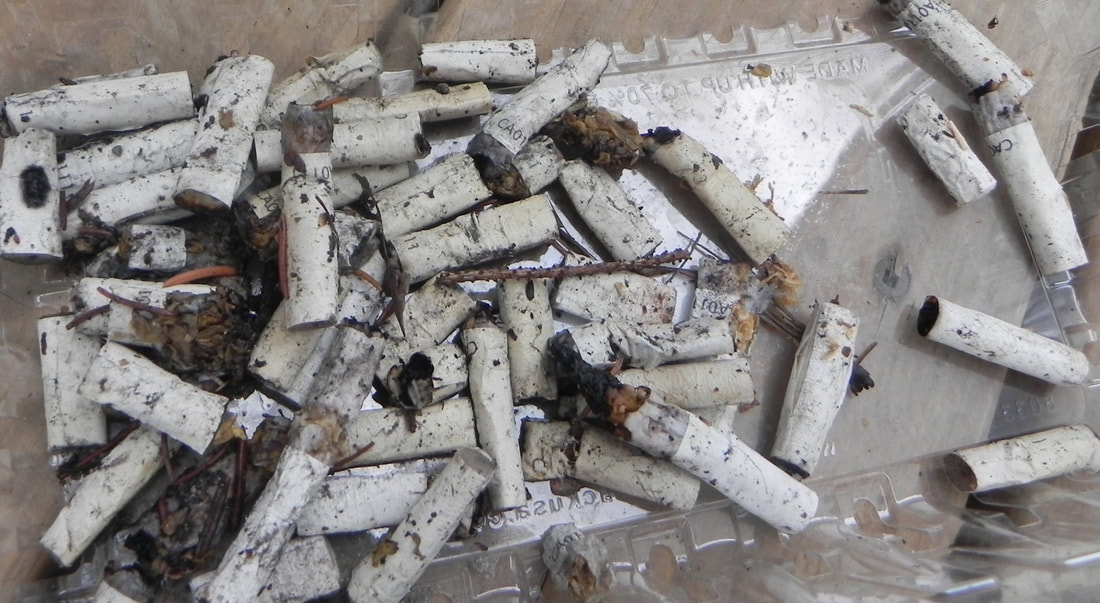
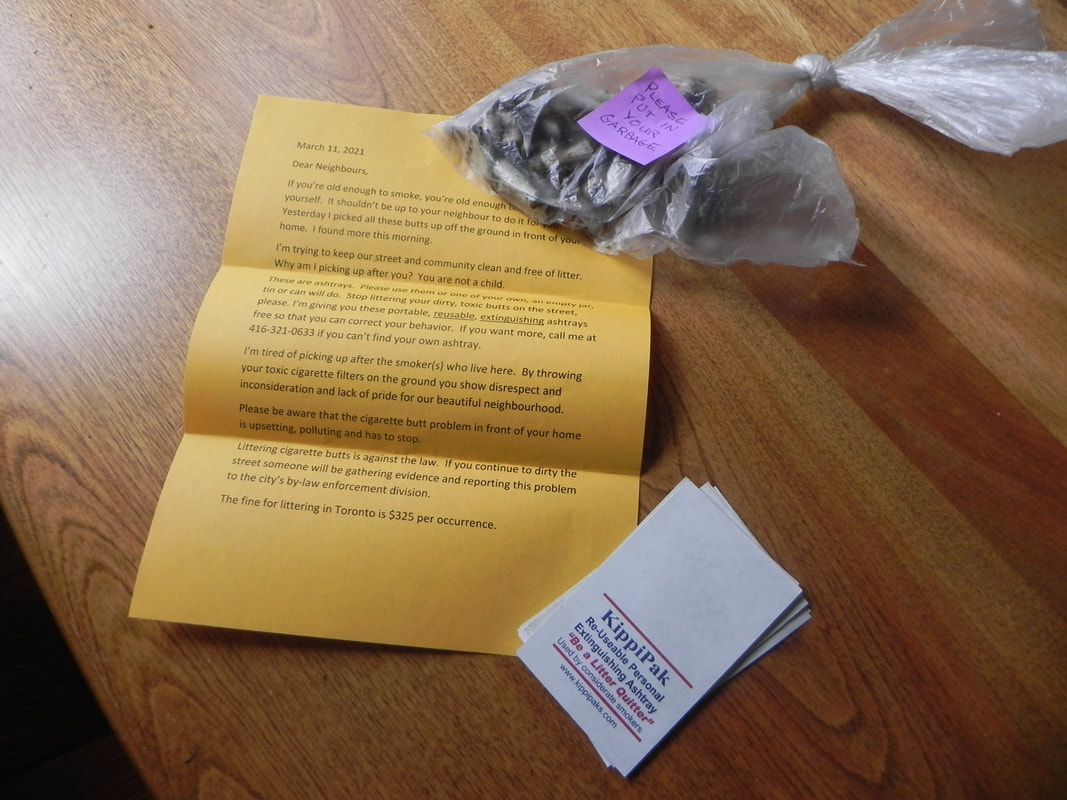
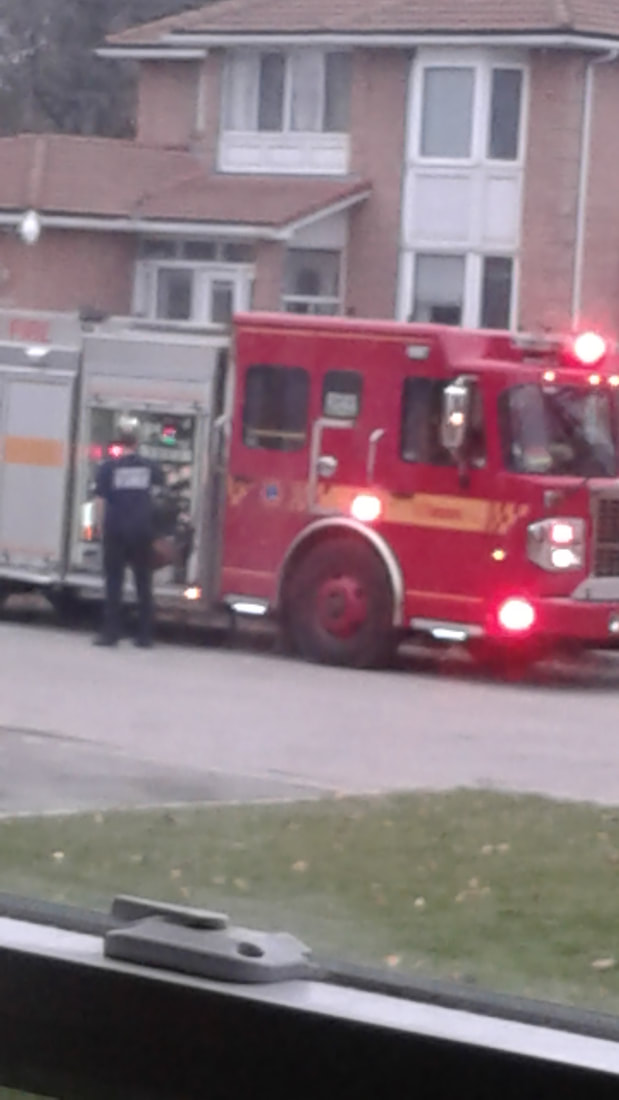
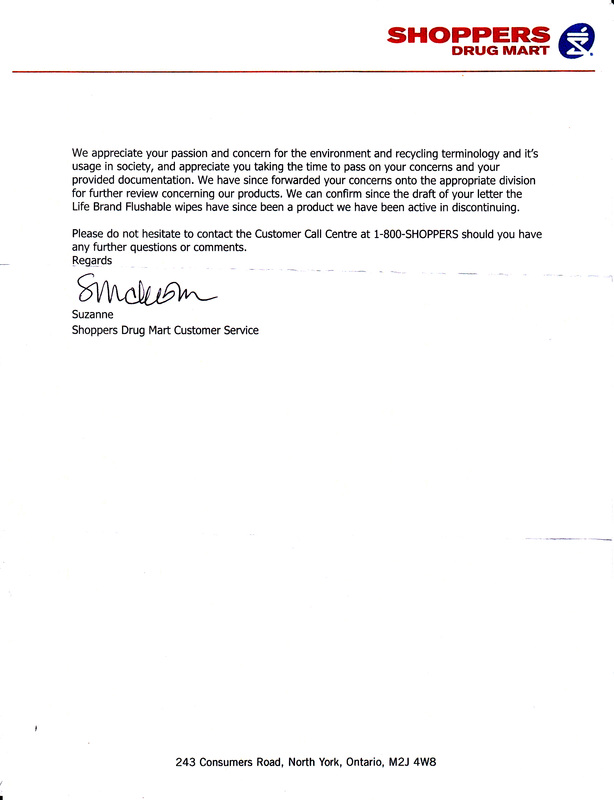
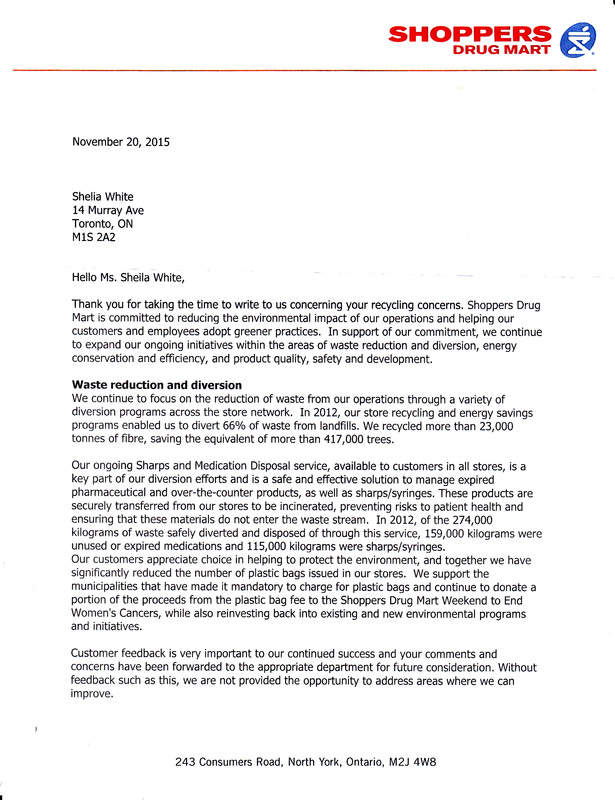
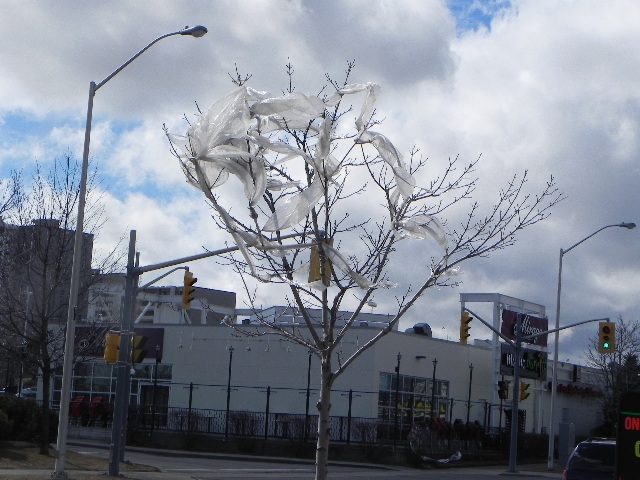
 RSS Feed
RSS Feed